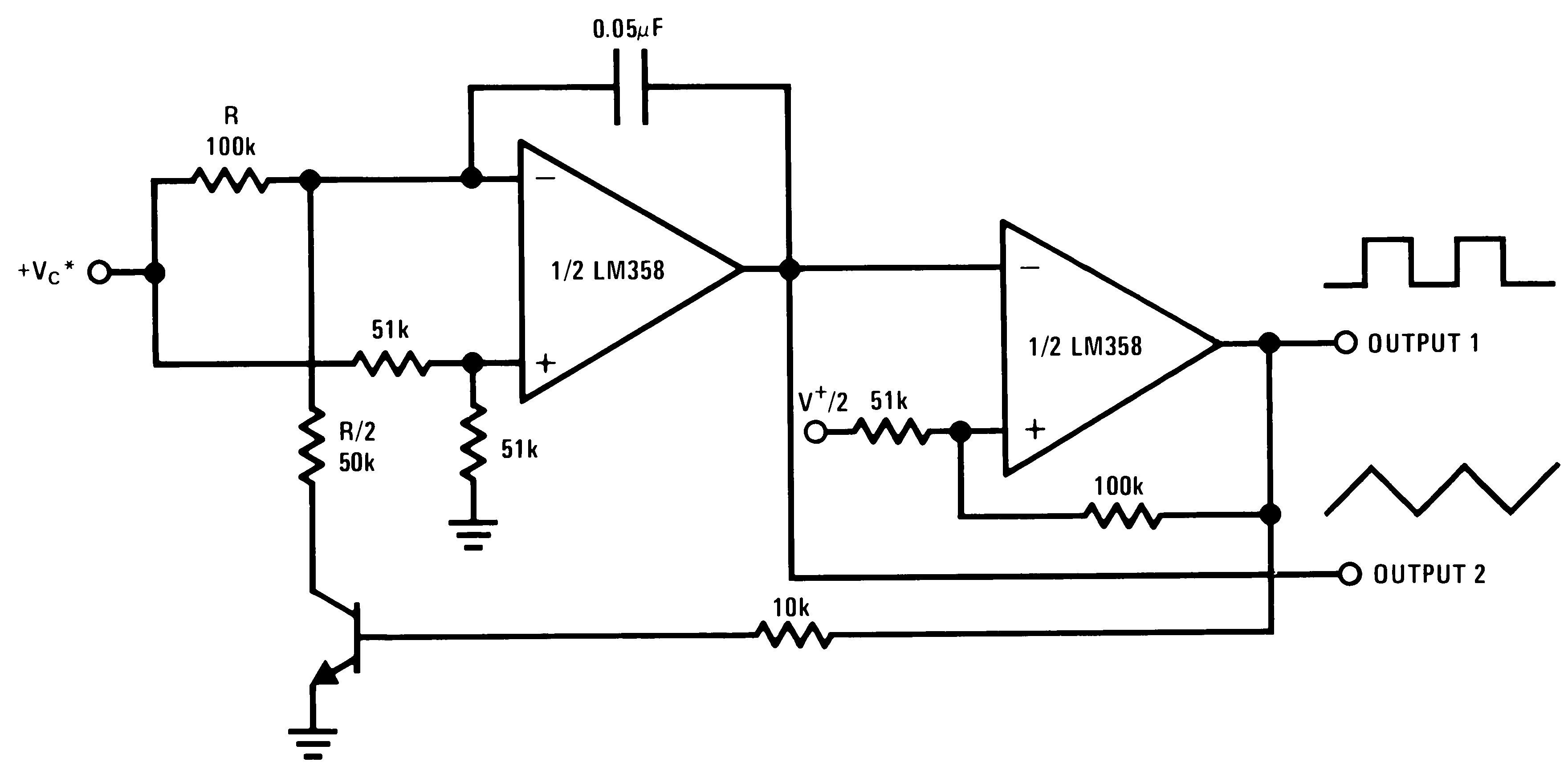SNOSBT3J January 2000 – March 2022 LM158-N , LM258-N , LM2904-N , LM358-N
PRODUCTION DATA
- 1 Features
- 2 Applications
- 3 Description
- 4 Revision History
- 5 Pin Configuration and Functions
- 6 Specifications
- 7 Detailed Description
- 8 Application and Implementation
- 9 Power Supply Recommendations
- 10Layout
- 11Device and Documentation Support
- 12Mechanical, Packaging, and Orderable Information
Package Options
Mechanical Data (Package|Pins)
Thermal pad, mechanical data (Package|Pins)
Orderable Information
3 Description
The LM158 series consists of two independent, high gain, internally frequency compensated operational amplifiers which were designed specifically to operate from a single power supply over a wide range of voltages. Operation from split power supplies is also possible and the low power supply current drain is independent of the magnitude of the power supply voltage.
Application areas include transducer amplifiers, DC gain blocks and all the conventional op-amp circuits which now can be more easily implemented in single power supply systems. For example, the LM158 series can be directly operated off of the standard 3.3-V power supply voltage which is used in digital systems and will easily provide the required interface electronics without requiring the additional ±15-V power supplies.
The LM358 and LM2904 are available in a chip-sized package (8-bump DSBGA) using TI's DSBGA package technology.
| PART NUMBER(1) | PACKAGE | BODY SIZE (NOM) |
|---|---|---|
| LM158-N | TO-CAN (8) | 9.08 mm × 9.09 mm |
| CDIP (8) | 10.16 mm × 6.502 mm | |
| LM258-N | TO-CAN (8) | 9.08 mm × 9.09 mm |
| LM2904-N | DSBGA (8) | 1.31 mm × 1.31 mm |
| SOIC (8) | 4.90 mm × 3.91 mm | |
| PDIP (8) | 9.81 mm × 6.35 mm | |
| LM358-N | TO-CAN (8) | 9.08 mm × 9.09 mm |
| DSBGA (8) | 1.31 mm × 1.31 mm | |
| SOIC (8) | 4.90 mm × 3.91 mm | |
| PDIP (8) | 9.81 mm × 6.35 mm |
 Voltage
Controlled Oscillator (VCO)
Voltage
Controlled Oscillator (VCO)